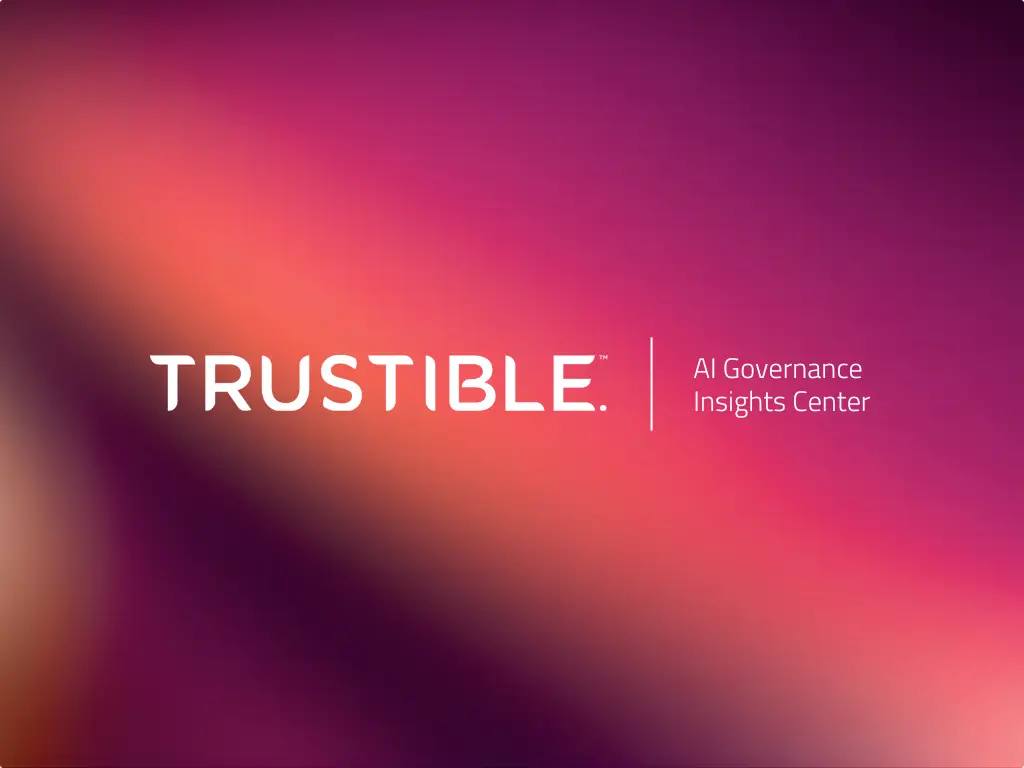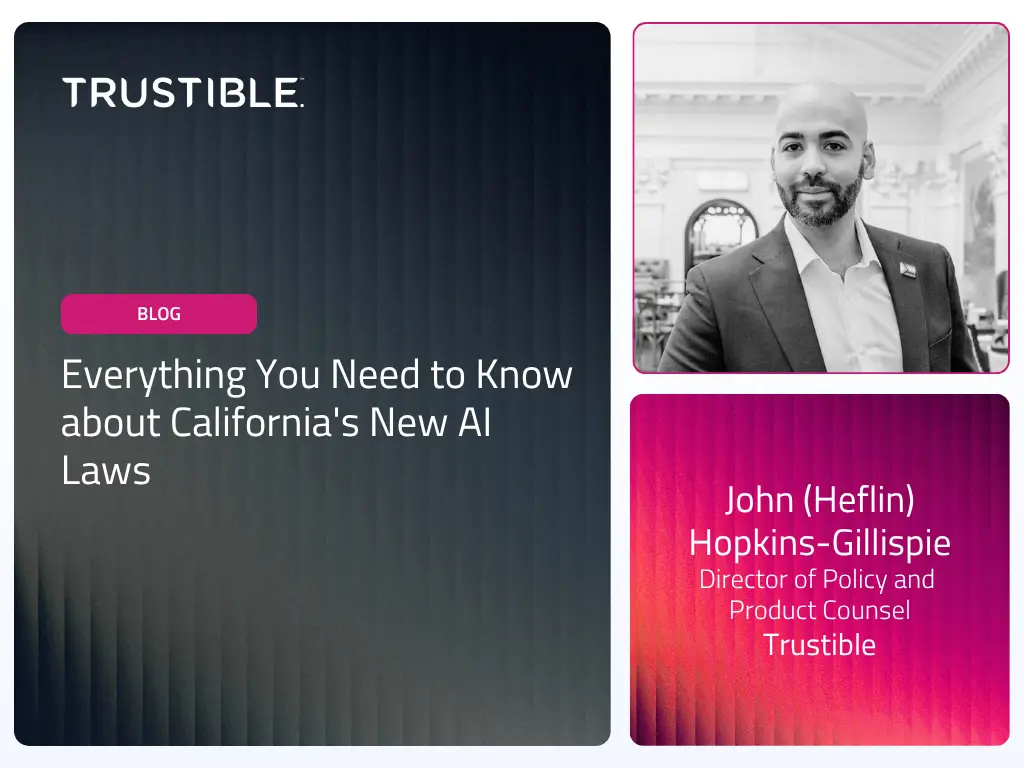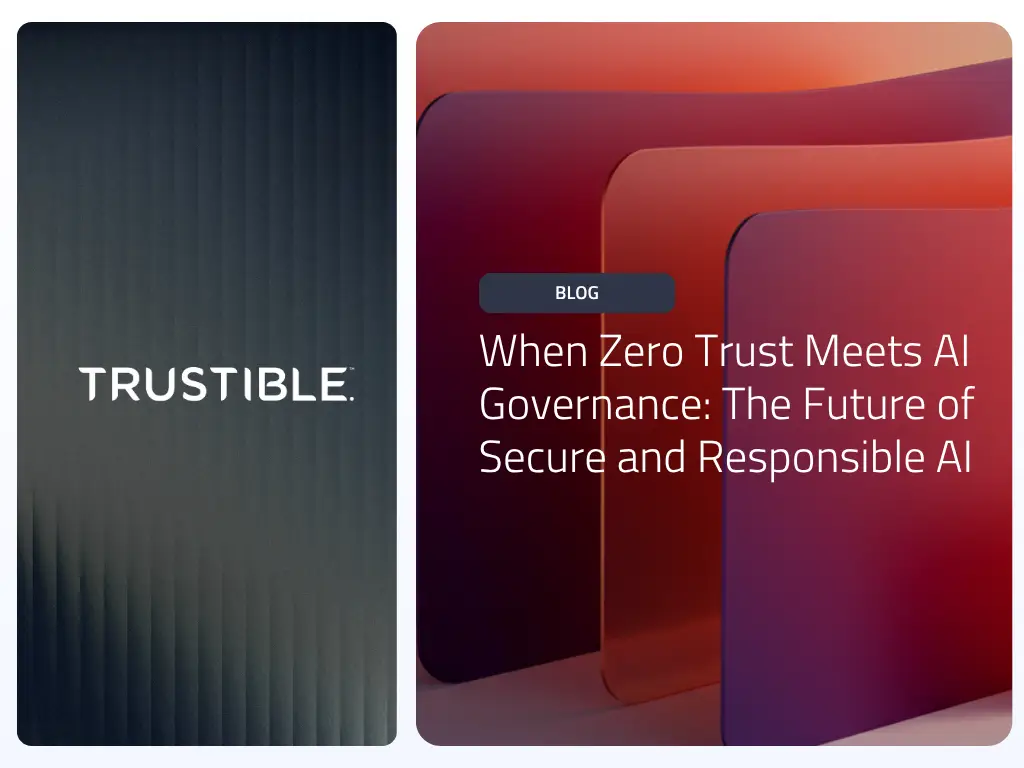At Trustible we believe AI can be a powerful force for good, but only if it’s governed in ways that are practical, measurable, and aligned with public benefit. As a Public Benefit Corporation (PBC), that belief isn’t just rhetoric; it’s part of our legal and ethical mandate. Today, we’re publishing the Trustible AI Governance Insights Center, a public, open source library of AI risks, mitigation, and benefit taxonomies, as well as our AI model ratings. We built it to provide AI governance teams and the broader AI community with usable, verifiable, and proven tools that map to real enterprise realities.
Why Was the Trustible AI Governance Insights Center Created?
At Trustible, we’re committed to giving enterprises, policymakers, and consumers the knowledge, tools, and context they need to understand AI’s risks and benefits and to measure AI’s success in ways businesses across industries recognize and trust. To advance our mission, we’ve reviewed model documentation, regulations, academic research, and incident reports to create an industry-facing library and taxonomy of AI heuristics. We’re publishing these insights publicly to accelerate responsible AI in practice and to move from talking about trusted AI to bringing it to life.
Secondly, there’s plenty of excellent work on AI safety and on model security, but much of it is aimed towards entities building models or focused on highly technical threats at a larger scale and maturity than many organizations are at today. Many organizations don’t build models. They buy SaaS, embed vendor services, and run AI inside products and business processes. Those teams need context that starts at the use case level and include non-technical levers like policies, literacy, and more tactical remediation. The Insights Center was created to fill that gap with evidence-based, pragmatic guidance practitioners can act on.
Lastly, in the parlance of AI governance, we often fixate purely on the risks of AI without also highlighting the per-use case benefits of AI. In our taxonomy, we’ve included associated AI benefits that can help articulate the value of your AI deployments to an enterprise, and by extension, to society.
What Will I Discover in the Trustible AI Governance Insights Center?
The Trustible AI Insights Center is home to four core categories of taxonomies, including Risks, Mitigations, Benefits, and AI Model Ratings. Each of these taxonomies provide detailed analysis and practical language on what they are, how they can be measured, and how they relate to each other, and how you implement governance practices around them.
- AI Risks: Risks are contextualized for their scope, impact, and severity, as well as the threat vectors where each can be exploited. That framing helps teams map risks directly to the use cases and tools they govern, in the context of what they know about their own internal uses of AI.
- AI Mitigations: Mitigations cover organizational, product, and technical options. For every risk we identify, we publish mitigations that span design choices, vendor management and contract language, monitoring and detection, operational guardrails, and technical controls where relevant. The intent is to show practical, implementable options that are commensurate with your risk model and operational constraints.
- AI Benefits: We put benefits front and center with suggested measurement guidance to tell the story of how AI at a granular-level benefits your organization. Defensible governance requires balancing risk with value, and having a consistent way to measure benefits helps teams prioritize where governance effort should be applied.
- AI Model Ratings: Building on our ongoing AI model transparency ratings, we’ve taken it a step further to include more context and tools to compare the capabilities, risks, and compliance readiness of all models we’ve analyzed today, and in the future.
How Can I Use the Trustible AI Governance Insights Center?
The Trustible AI Governance Insights Center is built to be immediately useful. You can map the taxonomy to an active project, pick mitigations that match your organization’s capabilities, and define KPIs that demonstrate whether the AI is delivering the expected outcome. Using our guidance, you can embed straight into your governance processes to standardize vendor evaluations, simplify risk assessments, and accelerate governance workflows across programs. Researchers and policy teams are welcome to cite the work, reuse the taxonomies, and provide feedback that helps our work evolve.
What Makes the Trustible AI Governance Insights Center Different?
Our approach starts with how industry frames risk and then builds mitigation and measurement guidance that applies to SaaS and vendor-integrated deployments. That doesn’t make model-level safety or security less important. Instead, it complements those perspectives by focusing on the controls most enterprises can apply day to day.
What’s Next?
This launch is a foundation, not a finish line. We’ll add more to our taxonomy over time, including future industry-specific playbooks, deeper measurement guidance, templates, and new research that will make these taxonomies even more valuable to operationalize. We also intend to engage peers in research, legal, and governance communities for review and iteration.
If your work touches AI governance, we invite you to explore trustible.ai/resource-center, reuse what’s useful, and tell us where the frameworks could be clearer or more practical. Robust governance is collective work. We’re sharing what we’ve learned so teams can make defensible, measurable decisions about AI.



